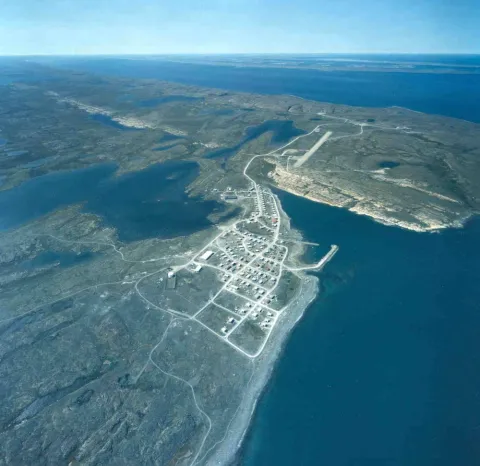Sanikiluaq (pop. 812), the most southerly community of Nunavut, is located on the Belcher Islands in the Hudson Bay. The terrain is composed of many rocky cliffs that tower 50 to 155 meters above sea level. Many of these cliffs are nesting grounds for eider ducks, whose feathers (eiderdown) are collected from nests and made into duvets and outer-wear.
Sanikiluaq carvers are known worldwide for their distinctive carvings made from argillite, the dark stone found on the Belcher Islands.
For more information about Sanikiluaq carvers and its attractions, visit their local Co-op website at www.mitiq.com.
